About Gliders
Gliders are a unique and special part of the Australian landscape. Sadly populations of this iconic marsupial are declining across Australia.
Gliding possums
Gliders are a type of possum. What makes them different from other members of their family is that they sport a gliding membrane on each side that extends from wrist to angle. These ‘wings’ enable the possum to glide between trees in search of food, shelter and breeding partners. All species of glider are dependant on old hollow bearing trees which they nest within, many using several different dens within their home range. Sadly habitat loss and fragmentation, and feral predators such as cats, foxes and dogs have led to the decline of glider populations in many parts of Australia. Through Glideways, we are working to reconnect the land, enabling these special marsupials to move more easily between areas, provide new homes and enable populations to expand.
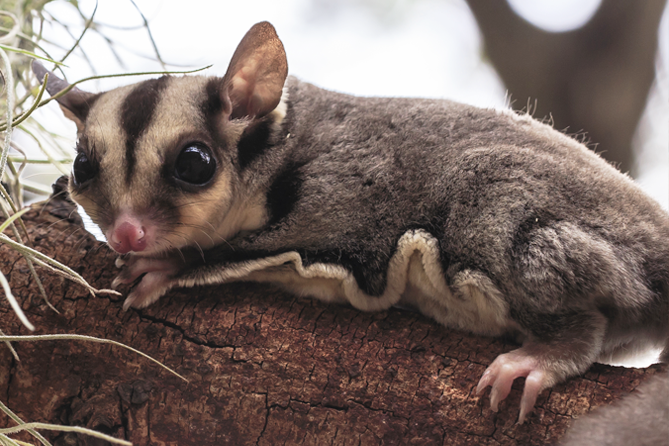
Squirrel Glider
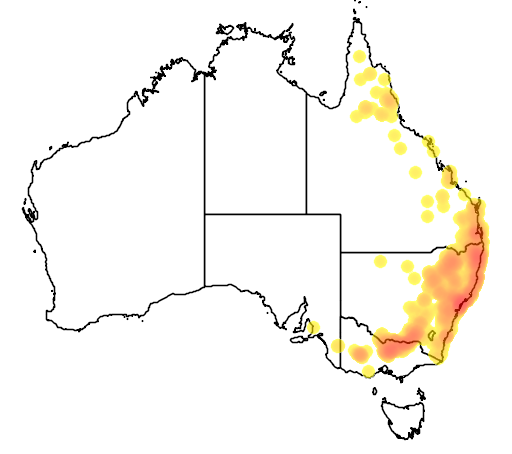 Squirrel Gliders get their name from there dense, fluffy tails which resemble that of a squirrel. This Vulnerable species occurs primarily in woodland and open eucalypt forest, where they create small round nests out of leaves in the hollows of old trees. Often living in small groups, their diet consists of nectar, pollen, tree sap, honeydew (a sugary coating on leaves made by scale insects) and the occasional invertebrate. Squirrel gliders have a home range of 3-5 hectares and move between 1-9 different den sites. Learn more.
Squirrel Gliders get their name from there dense, fluffy tails which resemble that of a squirrel. This Vulnerable species occurs primarily in woodland and open eucalypt forest, where they create small round nests out of leaves in the hollows of old trees. Often living in small groups, their diet consists of nectar, pollen, tree sap, honeydew (a sugary coating on leaves made by scale insects) and the occasional invertebrate. Squirrel gliders have a home range of 3-5 hectares and move between 1-9 different den sites. Learn more.
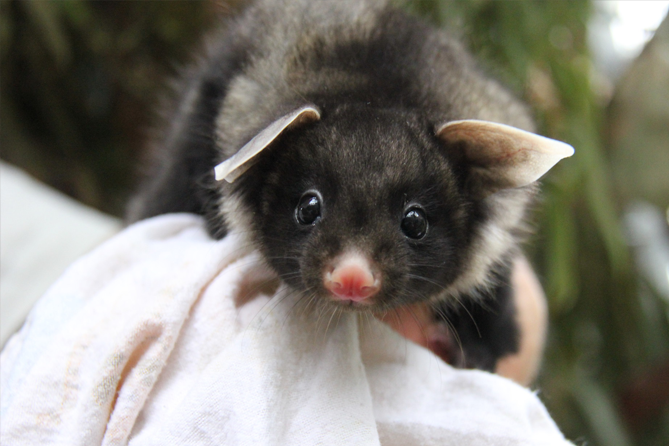
Yellow-bellied Glider
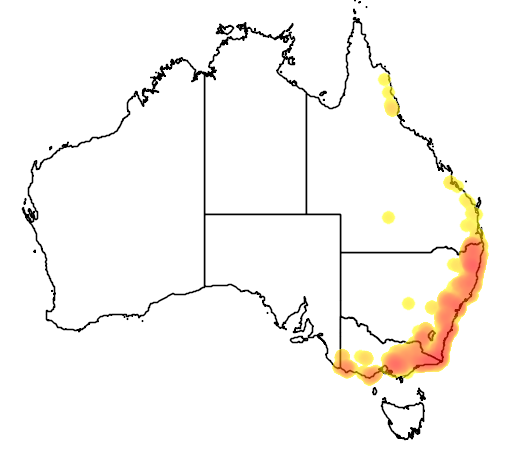 The most striking of the gliding possums, the beautiful Yellow-bellied Glider is the largest member of the Petauridae family and also the most vocal! They leave a distinctive v-shaped mark in trees after feeding or can be located through their loud calls which can be heard up to 500m away. This large marsupial has been known to complete glides over 100m, with 40 to 60m glides very common. This enables them to cover large distances with ease. Yellow-bellied Gliders feed on pollen, nectar, honey, tree sap and insects which they hunt for under the loose bark of gums. They live in family groups of up to six individuals in a large territory spanning 25 – 120ha which they defend with vigor, sometimes leading in injury or death of the intruder. Learn more.
The most striking of the gliding possums, the beautiful Yellow-bellied Glider is the largest member of the Petauridae family and also the most vocal! They leave a distinctive v-shaped mark in trees after feeding or can be located through their loud calls which can be heard up to 500m away. This large marsupial has been known to complete glides over 100m, with 40 to 60m glides very common. This enables them to cover large distances with ease. Yellow-bellied Gliders feed on pollen, nectar, honey, tree sap and insects which they hunt for under the loose bark of gums. They live in family groups of up to six individuals in a large territory spanning 25 – 120ha which they defend with vigor, sometimes leading in injury or death of the intruder. Learn more.
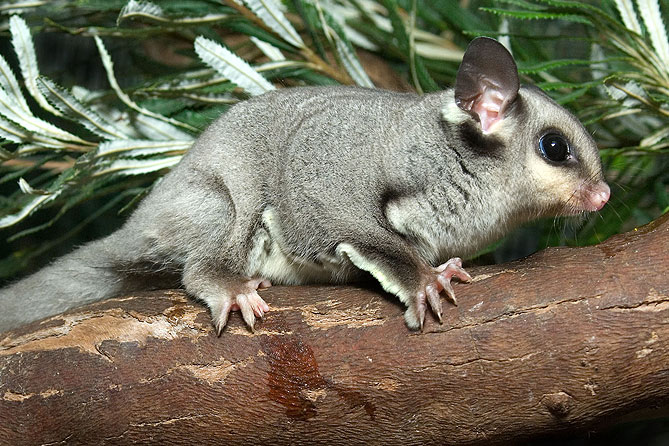
Sugar Glider
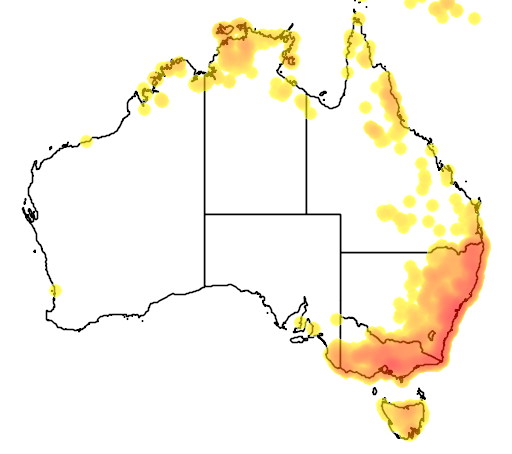
Though very similar to Squirrel Gliders, Sugar Gliders are slightly smaller, have a wider and less pointed head, wider ears, a white tipped instead of black tipped tail and off-white instead of snow white bellies. Sugar Gliders get their name from their love of nectar and flowers, though they feed on insects too. They are the most common glider species in Australia, occurring in both wet and dry woodlands and appear able to thrive in remnant patches of woodland. Like Squirrel Gliders, these small marsupials are capable of gliding an impressive 90 meters between trees! Learn more.
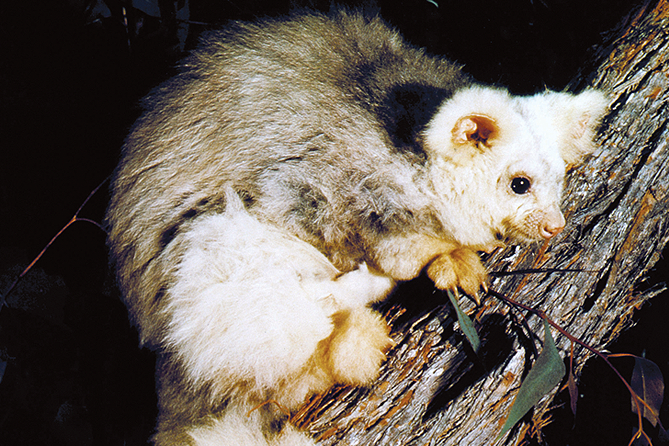
Greater Glider
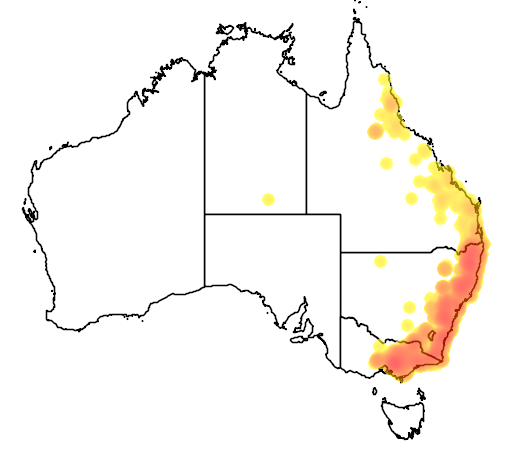
Resembling a children’s soft toy with its teddy-bear like ears and long bushy tail, Greater Gliders have adapted to feed almost entirely on the leaves of Eucalypt trees. This has resulted in the development of an enlarged caecum that assists in the breakdown of cellulose in the leaves, similar to that found in koalas. This beautiful animal can glide up to 100 metres with the ability to change its direction by a full 90 degrees midair! Unlike other types of glider, Greater Gliders do not appear to build a round nest but are still reliant on tree hollows, using between 2-18 different ones within their home range. Rarely heard, they will produce a grunt or hiss when threatened but are more often discovered via their pea-like droppings or the scratches they leave behind on trees when landing. Learn more.
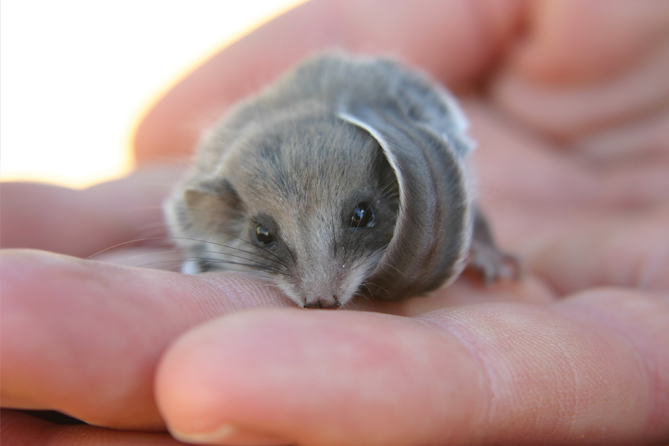
Feathertail Glider
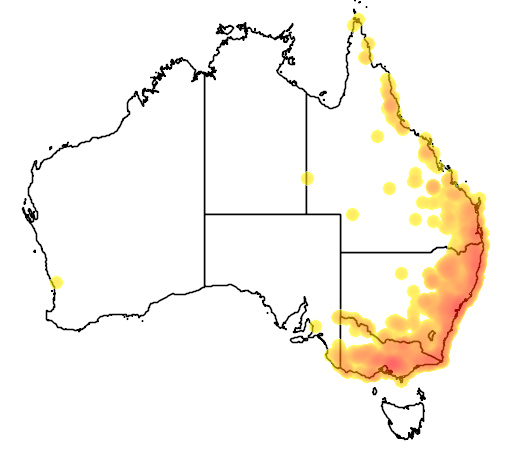
This delicate little glider is the smallest of all gliding marsupials, measuring a diminutive 65-80mm in length. They get their name from their unique feather-like tail. Feathertails live in large groups of up to 30 individuals, which assists them to maintain their body temperature. Like chameleons, this little glider has small hairs on its feet which act as suction cups enabling them to easily run up vertical tree-trunks. Feathertail gliders spend 87% of their time in trees at heights of greater than 15 metres and commonly occur in tall wet or dry forest including rainforest at all altitudes. Though listed as common, Feathertails are rarely seen due to their tiny size and rapid movements. Learn more.
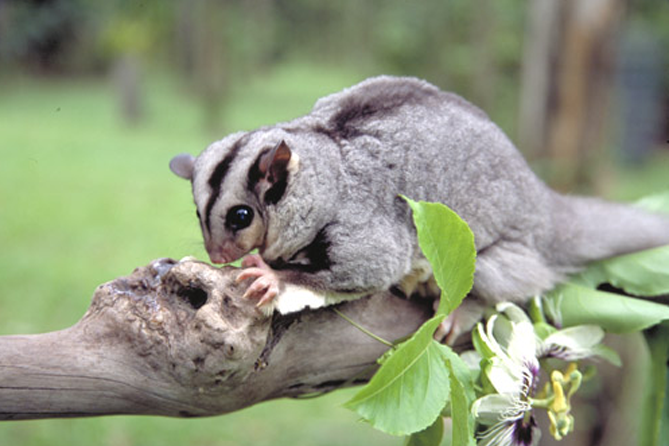
Mahogany Glider
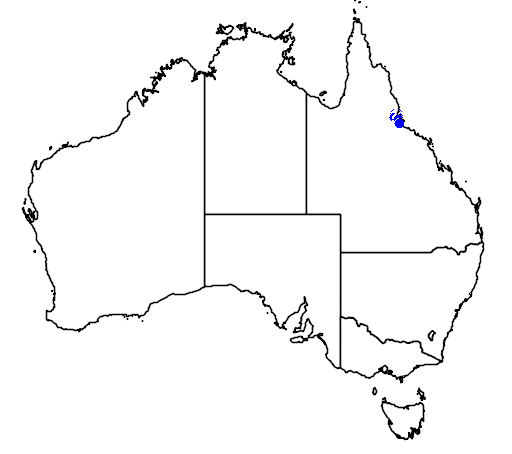 Sadly one of Australia’s most threatened mammals, the Mahogany Glider is found only in a very restricted area of coastal woodland in Far North Queensland. Though not found in the Abercrombie catchment, they are found in other parts of the Great Eastern Ranges Initiative. The possum is named after its rich mahogany colour and the occurrence of the swamp mahogany tree in its habitat. Mahogany Gliders look similar to Squirrel Gliders but are larger in size, and their fur varies from completely mahogany brown to grey-brown with a black stripe down the back. Their average glides measure 30 meters but they have been recorded gliding up to 60 meters. Unlike most other species of glider, Mahogany Gliders are territorial and live alone in their dens of which they have 2-9 in there 19ha habitat. Learn more.
Sadly one of Australia’s most threatened mammals, the Mahogany Glider is found only in a very restricted area of coastal woodland in Far North Queensland. Though not found in the Abercrombie catchment, they are found in other parts of the Great Eastern Ranges Initiative. The possum is named after its rich mahogany colour and the occurrence of the swamp mahogany tree in its habitat. Mahogany Gliders look similar to Squirrel Gliders but are larger in size, and their fur varies from completely mahogany brown to grey-brown with a black stripe down the back. Their average glides measure 30 meters but they have been recorded gliding up to 60 meters. Unlike most other species of glider, Mahogany Gliders are territorial and live alone in their dens of which they have 2-9 in there 19ha habitat. Learn more.
